Maximize Your Space: The Rising Trend of Second Hand Storage Containers in Urban Living
As urbanization continues to shape our living environments, the need for efficient space management has become paramount. With a staggering 68% of the world's population projected to live in urban areas by 2050, innovative solutions such as second hand storage containers are gaining popularity among city dwellers looking to optimize their limited space. According to a recent report from the Global Container Storage Market, the demand for storage solutions, particularly in urban settings, has surged by over 30% in the past five years. This trend not only reflects the growing need for additional storage options but also highlights a shift towards sustainability, as reusing containers offers an eco-friendly alternative to traditional storage. By repurposing second hand storage containers, urban residents can create functional living spaces that accommodate their lifestyles without compromising on style or comfort, making it a savvy choice for modern city living.
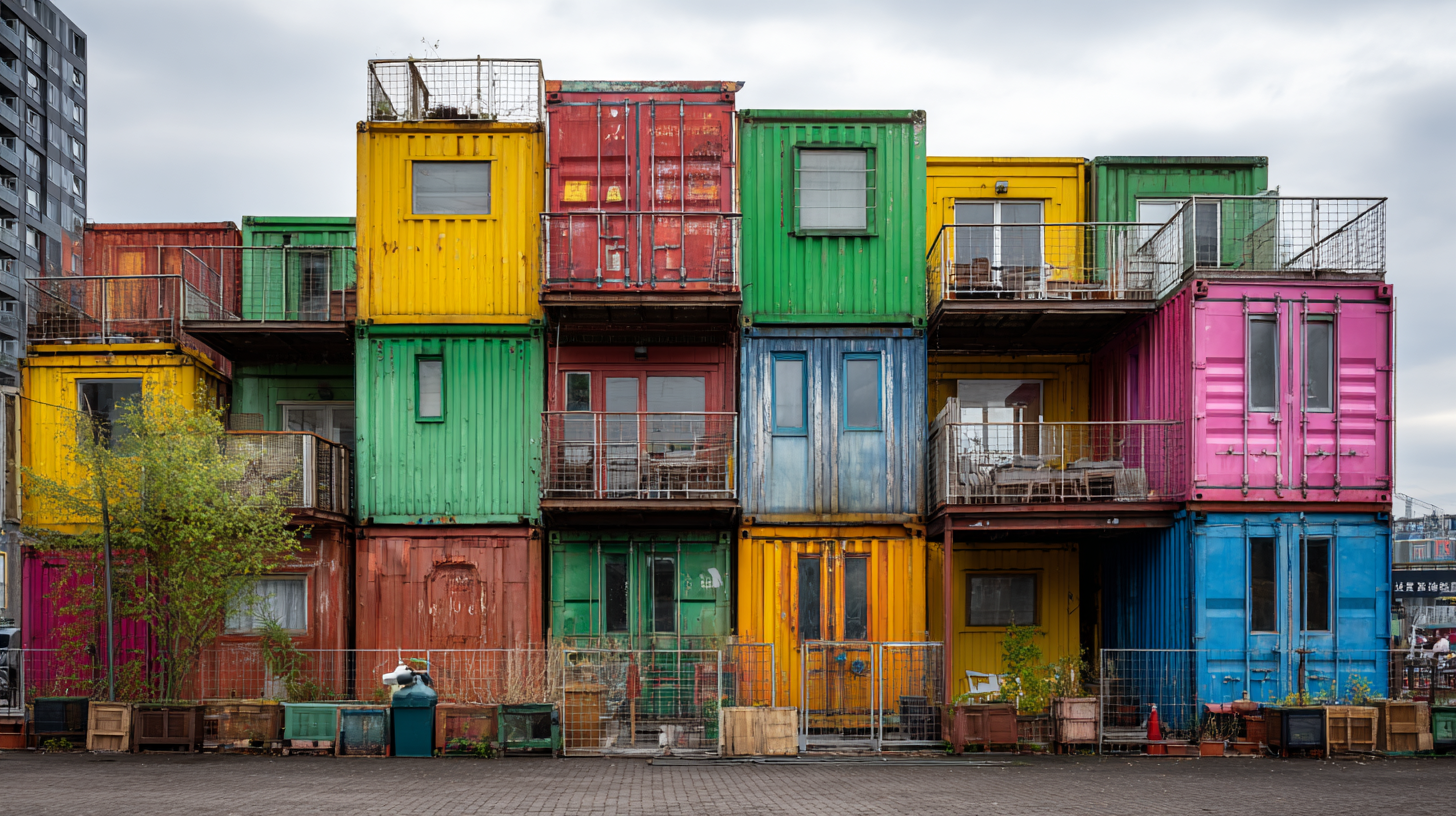
Exploring the Benefits of Second-Hand Storage Containers for Urban Dwellers
As urban living spaces become increasingly limited, second-hand storage containers are emerging as a practical solution for residents seeking to optimize their environments. These containers, originally designed for shipping goods, have found renewed life as versatile storage options in city settings. Urban dwellers can benefit from the affordability and accessibility of these containers, which provide ample space for storage while minimizing clutter in smaller homes. Emphasizing sustainability, the use of second-hand containers also aligns with a growing awareness of the need for environmentally responsible practices in urban living.
Moreover, the trend of repurposing storage containers contributes to the broader conversation around climate change and sustainability. As cities face challenges like rising temperatures and urbanization, innovative storage solutions can help mitigate the social and environmental impacts of these issues. By adopting second-hand storage containers, urban residents can reduce waste and support a circular economy. This approach not only reflects a commitment to sustainable living but also addresses the pressing need for functional and affordable spaces in our increasingly crowded cities.
Maximize Your Space: The Rising Trend of Second Hand Storage Containers in Urban Living
| Dimension | Data |
|---|---|
| Average Cost of Second-Hand Storage Container | $1,200 |
| Percentage of Urban Dwellers Using Storage Containers | 35% |
| Typical Size of Second-Hand Containers | 20 ft x 8 ft |
| Average Lifespan of a Storage Container | 10-15 years |
| Environmental Impact Reduction | 50% lower carbon footprint compared to new containers |
| Common Uses for Storage Containers | Storage of goods, Workshops, Mobile Offices, Pop-up Shops |
| Growth Rate of Second-Hand Container Market | 12% annually |
Understanding the Market Growth: Statistics on Urban Demand for Storage Solutions
The rise of urban living has prompted a significant increase in the demand for effective storage solutions, particularly second-hand storage containers. As city spaces become more limited, urban dwellers seek versatile and cost-effective methods to maximize their available space. Recent market research indicates that the global storage service market is expected to experience a compound annual growth rate (CAGR) of over 10.3% by 2032, highlighting the increasing reliance on innovative storage solutions among urban residents.
To navigate this trend, here are some tips for effectively utilizing second-hand storage containers in urban environments:
First, assess your storage needs by categorizing your items into essentials and non-essentials, ensuring that you only store what you truly need.
Second, explore different sizes and types of containers that can be used both for storage and as functional furniture, such as seating or tables, thereby maximizing space efficiency.
Lastly, keep an eye on local marketplaces to find affordable and high-quality options, as second-hand containers not only provide a sustainable solution but also help reduce expenses in an urban setting.
Cost-Effectiveness: How Second-Hand Containers Save Money in Urban Living
As urban living spaces continue to shrink, the quest for affordable and efficient storage solutions has become increasingly important. Second-hand storage containers are emerging as a popular choice among city dwellers looking to maximize their living space without breaking the bank. These containers provide a practical alternative to traditional furniture storage options, offering durability and versatility at a fraction of the price of new storage solutions.
One of the most compelling advantages of second-hand containers is their cost-effectiveness. Purchasing used containers significantly reduces expenses associated with storage, allowing urbanites to allocate their budgets towards other essential needs. Additionally, many second-hand containers are still in excellent condition, having been gently used or refurbished. This not only makes them a financially savvy choice but also promotes sustainability by reducing waste and encouraging the recycling of materials. As a result, consumers can enjoy a stylish and functional storage solution while also contributing to a more eco-friendly urban environment.
Creative Uses: Innovative Ways to Utilize Storage Containers in Small Spaces
In urban living, where space is at a premium, second-hand storage containers have emerged as a practical solution for maximizing limited areas. These versatile containers can be repurposed in innovative ways, transforming underutilized spaces into functional zones. For instance, stacking containers can create an eye-catching vertical garden on a balcony or rooftop, allowing city dwellers to cultivate greenery without sacrificing square footage. By incorporating drip trays or drainage holes, individuals can also ensure that their plants thrive in these repurposed structures, enhancing their living environment.
Moreover, second-hand storage containers can serve as stylish and practical furniture pieces. With a bit of creativity, they can be transformed into coffee tables, benches, or even storage ottomans. By painting or decorating these containers, residents can personalize their spaces while keeping clutter at bay. Additionally, using them as modular units fosters flexibility; they can be rearranged or repurposed as needs change. This multifunctionality not only helps optimize small living areas but also makes a statement about sustainability and resourcefulness in urban design.

Sustainability Factor: The Environmental Impact of Choosing Second-Hand Options
The growing trend of second-hand storage containers is not merely about maximizing space in urban living; it also significantly contributes to sustainability. By opting for used containers, consumers actively participate in reducing waste. Each second-hand unit that is put back into use represents a decrease in demand for new manufacturing, which is often resource-intensive. This practice helps conserve materials and energy, ultimately lowering the carbon footprint associated with the production and transportation of brand new storage options.

Related Posts
-
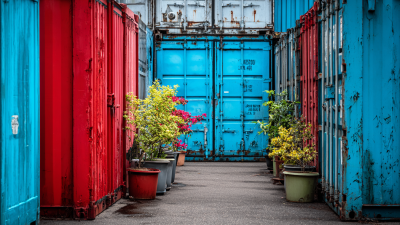
Unlocking Value: The Sustainable Benefits of Using Second Hand Storage Containers for Your Home
-
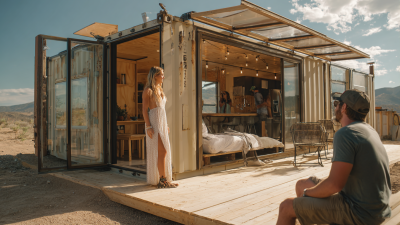
Unlocking the Future of Sustainable Living through Innovative Container Conversions
-
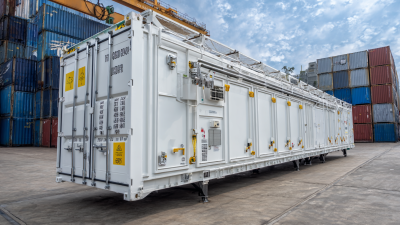
Understanding Container Insulation: The Key to Energy Efficiency in Shipping and Storage
-
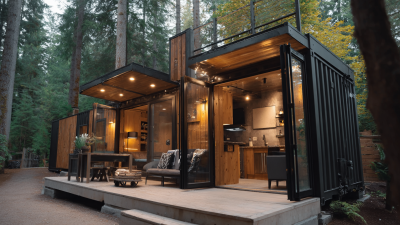
Exploring the Future of Sustainable Living with Container Cabins
-

Transform Your Space: The Rise of Shipping Containers for Storage and Their Eco-Friendly Benefits

